Ready for Action: The Top Custom Knives on the Big Screen
Apr 26th 2018

Some famous actors are most known for their movies displaying impressive knife blade combat, but those films also shine a spotlight on another type of performer. The knives used in these films have achieved fame in their own right, as filmgoers and knife enthusiasts seek quality reproductions after a popular release.
Fortunately, some of these knives are available from the companies who made them for the big screen, and as for the others, there are excellent replicas available.
Whether you’re a cinephile or a knife enthusiast, these iconic blades are just as recognizable as they are functional. We’ve whittled down our list of silver screen blades to our top six picks to help you add some custom cold steels to your collection.
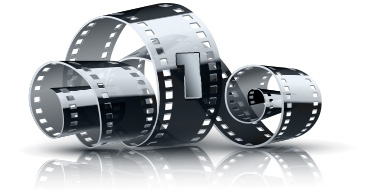
John Wick Knife – “John Wick” Movies
Microtech, owned by Anthony Marfione, is renowned for exacting work and tight machining tolerances in knife-making. Renowned for their OTF knives, Microtech was the unsurprising choice when knives were needed for this action franchise. You don’t have to be an assassin to appreciate the deadly beauty of a John Wick Microtech knife.
OTF automatic knives — aka switchblades — are similar to an assisted open. These are operated with the simple press of a button or flick of a switch and can be either single or double action.
A single action has a switch that only deploys the blade, using enough force to nick the skin, but the blade must be manually retracted. A double action can both deploy and retract the blade with a simple press of the button, though without the full force of a single action.
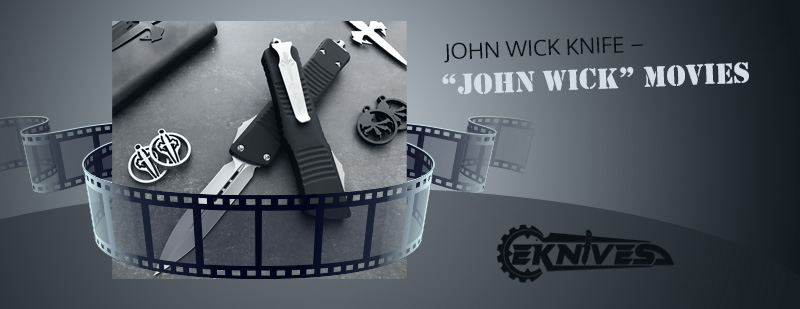
Style
In the first John Wick movie, we see the Ultratech and the Combat Troodon, and in the second, the Scarab makes an appearance. Rumor has it that the third will show us the Cypher in all its glory.
A Microtech knife can be enough to end a fight before it even starts, based on looks alone. Specifically designed for combat situations, they are available in a variety of blade shapes. While John Wick favors the double-edged spear tip, you can choose to have the same kickass function in a shape that’s specifically catered to your preferences.
Uses
While they can be used to open boxes, automatic knives such as the Ultratech and the Combat Troodon are about so much more than mundane jobs. Designed to be a lightweight tactical knife that is easy to use one handed, they’re favored by law enforcement, first responders and military personnel. And let’s not forget the professional assassins.

Bowie Knife – “Crocodile Dundee”
There were a few things that came back into fashion from “Crocodile Dundee”: Australia and Bowie knives are two of them. Created specifically for the movie, this Bowie-style knife is larger than what you typically find available on the market.
The Bowie was first designed in the early 1800s by Rezin Bowie, brother of the frontiersman Jim Bowie. This knife gained renown in the Sandbar Fight, where Jim Bowie used it to kill one attacker and fend off another, and since then numerous copies have been made.
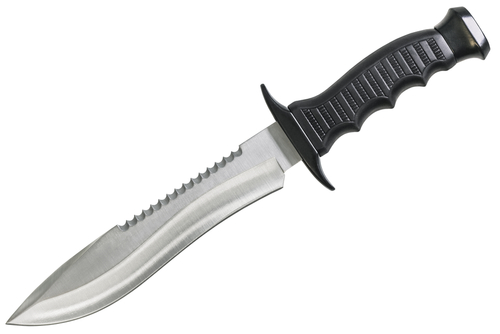
Style and History
Bowie-style knives are large, fixed-blade knives measuring between 6 and 10 inches. The one used in “Crocodile Dundee” is just over 11 inches long and has the traditional clip point blade.
The designer of this knife meant for it to be a survival knife, so there’s a full tang, and they chose to use stainless steel for the blade’s material to reduce the chance of rust. It was treated to make it as close as possible to carbon steel in strength and edge retention.
Uses
Intended as a survival knife, the Crocodile Dundee Bowie knife can be used for skinning, cutting and slicing just about anything, including small branches. It has a sharp tip for piercing and can be used for combat if necessary. The large size makes it impractical for many people to carry, but a true fan will find a way.
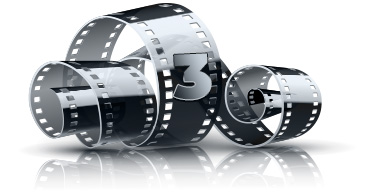
The Butterfly Knife (Balisong) – Martial Arts/Action Movies
Butterfly knives have a long history of making cameos in action films where they’re usually wielded by the villain. Occasionally, we get to see the hero flip open a butterfly knife, like Brendan Fraser in “The Mummy” series, but for the most part, these knives are left to the bad guys.
The Philippines are credited with developing the first balisong, although illustrations from the early 1700s show these blades may have also been made in or imported to France as well. It’s unclear whether the blade was developed independently in two different places or was copied by the French during the early colonial era.
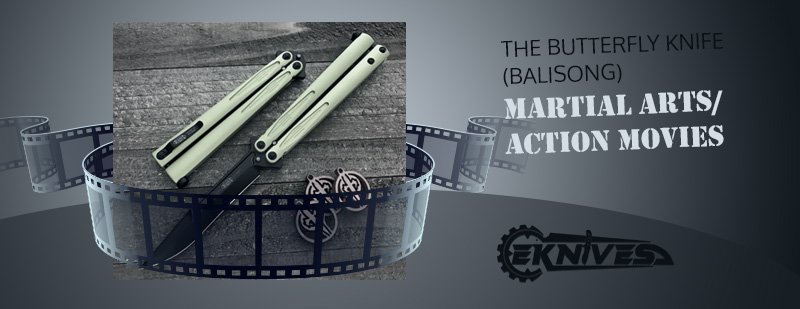
Style
The butterfly knife is a folding pocket knife, in that it has no automatic or assisted open and few moving parts. The knife is comprised of three main parts: two counter-rotating handles set around a central tang.
While this is a manual knife, it can be opened with only one hand, and some of its value as a combat and survival knife comes from this feature. As a single-handed open, it requires you to flip and rotate the handles, which takes a lot of practice to master.
Uses
Originally used as an EDC pocket knife and self-defense weapon, butterfly knives became popular in the U.S. after World War II when returning servicemen brought them home from the Philippines. Since then, they have made numerous appearances in movies and are favored as a survival knife.
Butterfly knives are ideal for survival because their lack of moving parts makes them more durable and reliable than automatic or assisted knives and also for their one-handed open. A high-quality custom butterfly knife can make a big difference in your chances of survival.
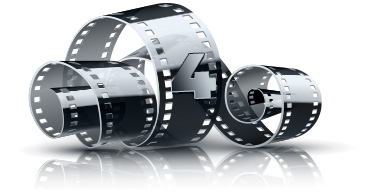
Microtech Ultratech – “Star Wars”
Who here is a “Star Wars” fan? Everybody, including some Trekkies. Bet you never thought you could own a knife that looks like it’d be at home in a lightsaber fight on the Death Star.
Microtech, on the other hand, decided that everyone should be able to get as close to their sci-fi fantasies as possible, so they made limited edition Ultratech knives based on the movies. The Ultratech is an automatic OTF knife that works by depressing a button on the side of the handle.
Style
These Microtech Star Wars knives are bursting with style, as they modeled after the wide variety of lightsabers and characters seen in the movies. Still featuring all the things that make Ultratech great, like Elmax super steel, these OTF knives take their usual cool factor to a whole new level with the Star Wars range.
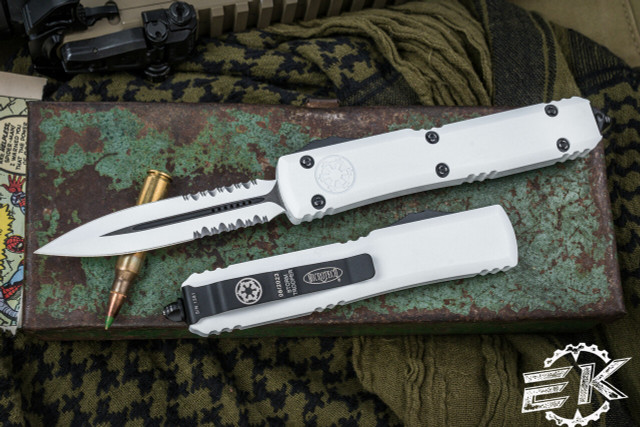
The primary difference with these knives is the color combinations used in the blades and handles that any fan will be able to associate with a specific character or group from the franchise.
As with standard Ultratech knives, these specialty items are available in a wide range of blade shapes.
Uses
This is a combat-style knife that’s designed to be used when you only have one hand available and need a blade. Law enforcement and EMTs who may be holding an item with one hand can easily deploy the blade with the other.
However, due to their pop culture appearance, most who purchase one or more of these knives likely intend to add them to their collection and keep them on display.
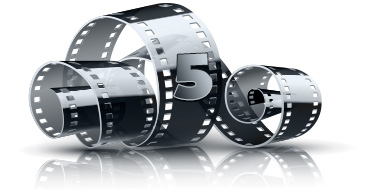
Daggers – Historical/Military Movies
Daggers were one of the earliest fixed-blade knives available and were originally made from flint and bone. Over the centuries, the materials used to make them advanced with civilization.
While some fixed blades are made from stainless steel for its corrosion resistance, carbon steel is more commonly used. Carbon steel is stronger, harder and has a longer lasting edge than stainless, but it also requires more care to prevent rust. It’s more brittle than stainless, which is why it’s not generally used for folding knives.
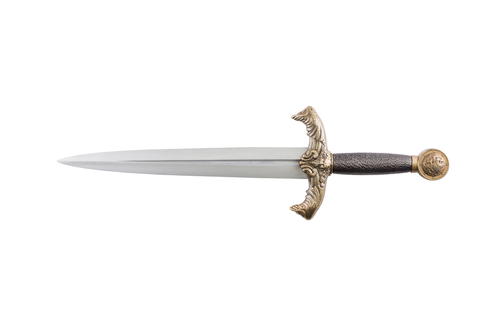
Style
Daggers come in a wide variety of styles. The specific type depends on where it came from and dictates when and how it’s used in movies. The material the dagger was made from and how ornately it was decorated indicate the wealth of the owner and the use it was put to.
One example is the Scottish dirk, which is a long dagger with a single sharp edge. Originally used as a backup for the sword and often gripped in the same hand that supports a small buckler shield, this dagger appears in many later period movies set in Scotland. The hilts could be lavishly decorated with silver work, cairngorm stones and other semi-precious gems.
Another is the trench knife that was used by soldiers in World Wars I and II, a precursor to the KA-BAR still used by the military today. They have a long and venerable history, both in real life and on the big screen.
Essentially, daggers are fixed-blade knives that are designed to be used with one hand and are kept in a sheath. They’re most often seen in historical, military and period movies.
Uses
Daggers were used as backup weapons for swords, maces, axes and bows in fighting, and they could be single or double edged. Those fighters who used small buckler shields would grip a dagger in their shield hand for additional slashing capabilities.
Over the decades, daggers have morphed into fixed-blade knives, and those designed for common use are usually single edged. These knives are used for hunting, survival and as tactical weapons, though different shapes are preferred for each situation.

John Rambo Knife – “First Blood”
While John Rambo used a wide variety of weapons throughout the film and its sequels, the knife from “First Blood” became the signature piece for the series.
Designed by James Lile, this knife was custom made and had very limited production. Based on the survival knives used by aviators in Vietnam, Lile made a few adjustments for the big screen. Versions 1 through 6 went to the movies, then Lile kept 7 through 14 for himself.
Style
Where the Crocodile Dundee knife had a huge blade, the Rambo knife is smaller, coming in at 9 inches. The back of the blade has 14 saw teeth that separated the movie versions from those Lile kept and those sold to the public.
The pommel can be unscrewed, giving access to a hollow handle and the survival kit stored there. Fishing hooks, line, needles and matches are a few things stored inside, while there is a compass on the pommel itself.
Uses
Unlike most movie knives, the Rambo knife gets plenty of screen time, and the audience sees all the ways it can be used. Cast as the ultimate survival knife, the Rambo knife fulfills its role throughout the film. In fact, we even see Rambo using a needle and the fishing line to sew up a gash in his arm in what has become an iconic scene.
As with all survival knives, this one can be used for combat, though we’re not sure how well it would do, considering it has little to no tang to make space for the hollow handle.
Actor Training and Choreography
Pulling out a knife can end a fight before it starts — but only if it’s obvious the wielder knows how to handle it — so proper training in its use is essential.
Actors who portray beloved and feared characters like John Wick go through intense training for months just to create enough footage for the movie. While stunt doubles do the majority of the fighting, every quality movie trains the lead actors in the basics, such as holding the knife correctly.
In “John Wick,” the title character moves from hand-to-hand combat to a knife then to a gun, switching seamlessly between skills in long action sequences. This meant the actor had to have been trained in a variety of disciplines that required great coordination.
There’s nothing more painful to an action film buff than watching as an inept actor opens a butterfly knife with two hands.
Martial arts is a huge part of training an actor to fight. Most films use a variety of disciplines for this, which may include Brazilian jiu-jitsu, karate, judo and kickboxing. Not only do these arts tone muscles, but they also teach balance, stance and posture.
In training, actors are taught how to stand, how to hold themselves and how to inflict maximum damage to their opponent with minimal effort to themselves (or at least make it look that way on camera). A large part of this is in the footwork, which is essential to helping a fight sequence flow smoothly. Thanks to proper training, actors have filmed iconic fight scenes that make the public appreciate the choreography and will continue to admire for years to come.

